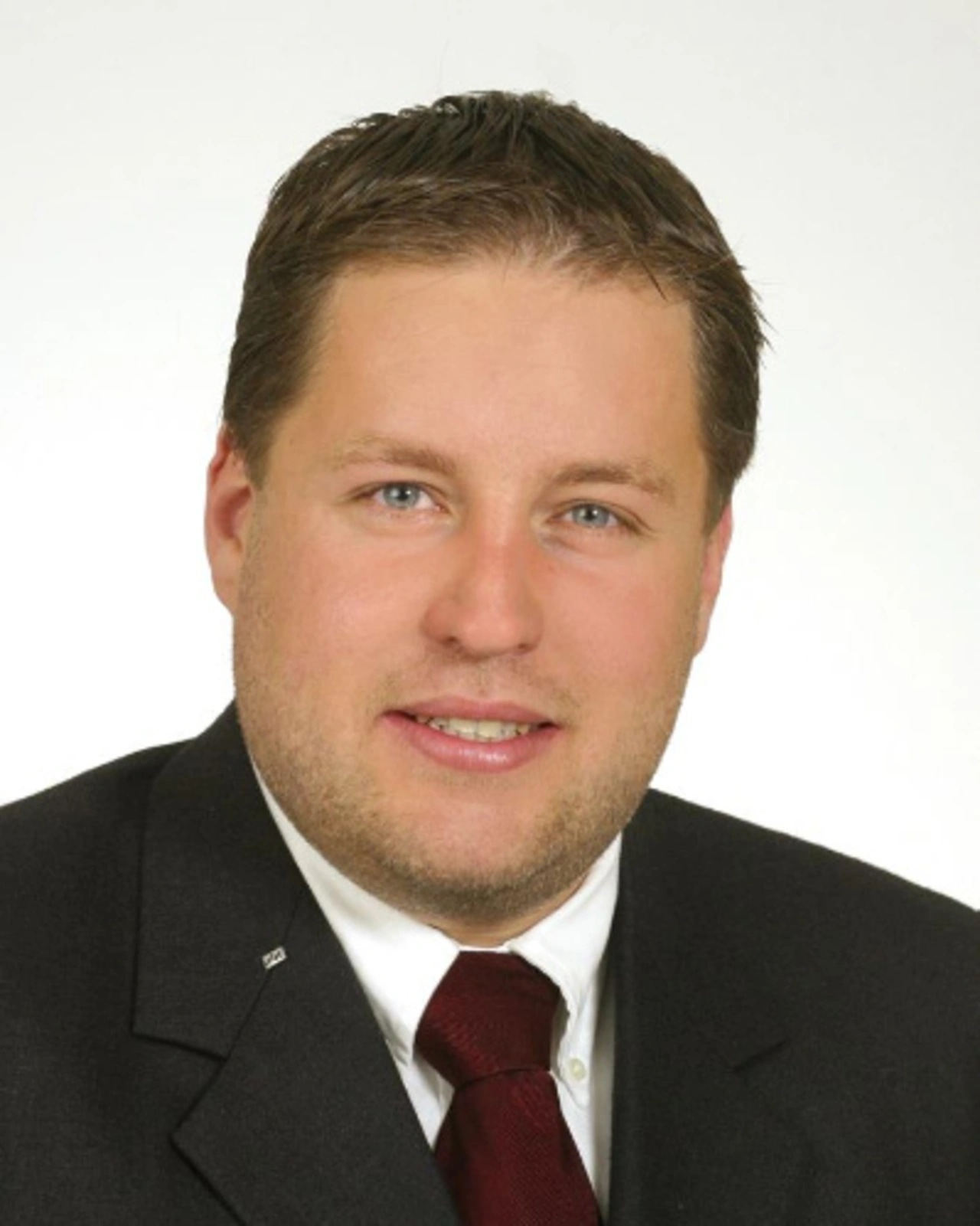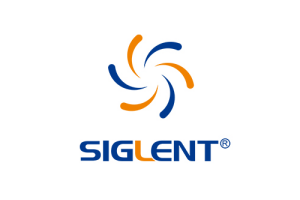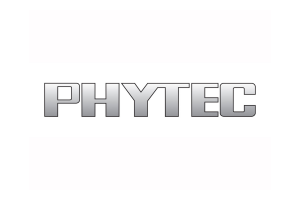Generating solid-state RF
RF energy — the silent revolution
Fortsetzung des Artikels von Teil 1
GaN and LDMOS transistors

Added to that, the system makers do not want to upskill, becoming experts in RF energy technology. “The potential areas of application are so diverse, from domestic appliances through lighting to combustion engines for automobiles, are equally interesting for industry, medical engineering and chemical analysis. So because the market is very fragmented, the RFEA has set itself a major objective: to bundle all activities, and develop standards from which every single sector can draw profit”, explains Dr Klaus Werner, director of the RFEA. “We want to create an ecosystem that enables not only good technical products, but also economically rational products to go to market.” Here the RFEA had made good progress. “In the meantime we’ve reached a turning point. We no longer have to explain what it’s all about. The developers know now what they can expect of RF energy systems, and how they can use them”, says Werner. One thing he emphasizes: “The prices are dropping by 25 to 30 percent a year.”
GaN and LDMOS transistors
Things have been happening at the transistor level. They have reached power ranges of more than 300 W, and efficiency of far more than 70 percent. “We’ve just about reached the point where the harddisk industry was at the introduction of gigabyte HDDs”, enthuses Mark Murphy, senior director, RF power of Macom. His company goes for GaN-on-silicon technology for transistors, and is in the process of taking up volume fabrication on 8-inch wafers. Murphy is convinced “as soon as this process is ready developed, it’ll cut the prices again, and substantially.” Plus, these transistors can be packaged in plastic, meaning a further drop in price. “We’ve mainly focused on increasing efficiency; the rest follows on”, explains Murphy. “We’ll be able to fulfill not only the technical but also the pricing demands of the many new arising markets for very different RF energy applications.”
Macom aims to create easy-to-use development environments enabling the user to optimize their RF energy systems for the destined systems — without having in-depth RF knowledge at their disposal. Using the tool kit that Macom together with Pink RF has developed, RF energy systems are fast brought to market. Then, reckons Murphy, new systems will appear on the market that are not yet imaginable. NXP on the other hand stays with LDMOS. “The technology is constantly being further developed; a lot has been done in the past 15 years and so”, in the opinion of Dr Fred van Rijs, senior director LDMOS program and senior principal RF architect of NXP.
The company fabricates LDMOS transistors on 8-inch wafers in 0.14-mm CMOS processes. “So no kind of extra process is necessary, making fabrication very cost-attractive”, adds van Rijs. That makes him optimistic about satisfying the special requirements for RF energy subsystems, and producing at the cost expected by new customers, frequently from the area of consumer goods. The fact that LDMOS transistors already work in microwave ovens using RF energy shows, he says, that this is by far not just theory.
The right connectors and cables
New ideas are also called for when it comes to electromechanical components, because these too must be matched to RF energy systems: connectors and cables as well as circuit boards must sustain high power, as well as high temperature, and they need to respond well to loss. “Shielding is also important, because a microwave oven in your kitchen shouldn’t disturb its own WiFi reception. And at as little cost as possible”, explains Dr Hannes Grubinger, market manager general industrial of Huber+Suhner. Implementing that requires the right building blocks, composed as effective subsystems. Functioning assembly processes must set up on this, and everything together should achieve the required accuracy — not more because that would make it too expensive.
- RF energy — the silent revolution
- GaN and LDMOS transistors
- Drying processes
- Plasma scalpel — RF energy technology for medicine









